THE COFFEE ECONOMY BOOMS, THE AMAZON FOREST VANISHES! SO, WHAT IS THE SOLUTION?
June 12, 2020 Posted By:
Pete
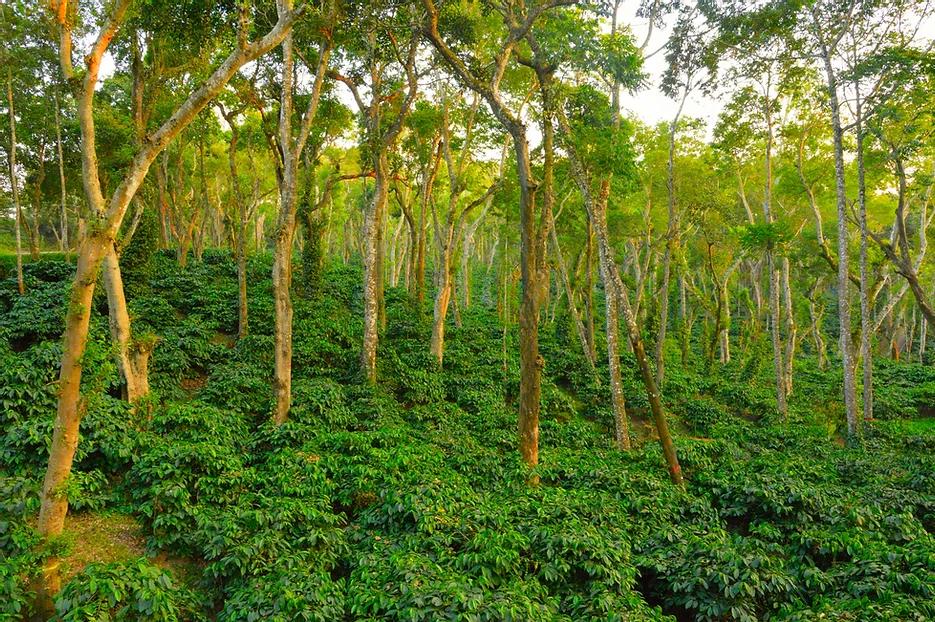 Coffee is the second most consumed beverage in the world after water. Also, coffee is the second most traded commodity after crude oil worth over $100 billion worldwide. That puts it ahead of commodities like natural gas, gold, oil, sugar and corn. We drink around 600 billion cups of coffee every year and around 25 million people including my father rely on coffee to support their families. If we look at the coffee farms of world’s largest coffee producing country, Brazil, you will notice that large areas of land is covered with coffee plants and nothing but coffee plants. If you wonder how would they do this, it is obvious that millions of trees are brought down to make coffee farms. This is worrisome when we see through the prism of climate change. The entire ecosystem is destroyed in the making of such farms. Several studies have
Coffee is the second most consumed beverage in the world after water. Also, coffee is the second most traded commodity after crude oil worth over $100 billion worldwide. That puts it ahead of commodities like natural gas, gold, oil, sugar and corn. We drink around 600 billion cups of coffee every year and around 25 million people including my father rely on coffee to support their families. If we look at the coffee farms of world’s largest coffee producing country, Brazil, you will notice that large areas of land is covered with coffee plants and nothing but coffee plants. If you wonder how would they do this, it is obvious that millions of trees are brought down to make coffee farms. This is worrisome when we see through the prism of climate change. The entire ecosystem is destroyed in the making of such farms. Several studies have
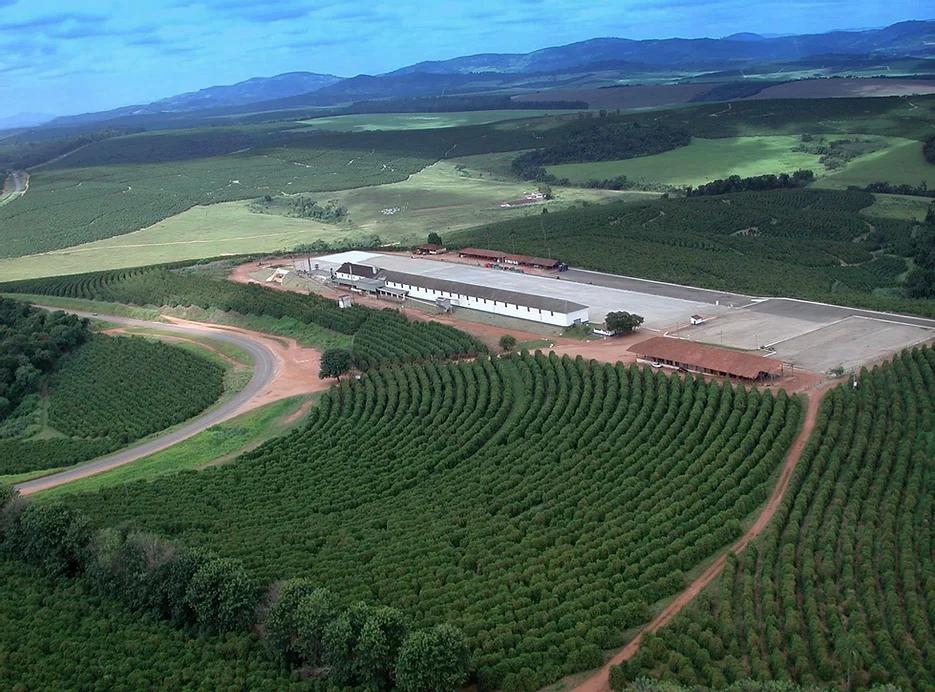
A coffee farm in Brazil. Pic: Cia Agropecuária Monte Alegre
If you ever wonder how the coffee reaches you, it all begins from the farm. Where the average coffee plant takes 8 to 11 months to yield coffee cherries that contain the coffee beans. During this period, plants need a large amount of water which, uses artificial irrigation. The hand-picked beans are then washed and dried. After roasting and packaging the coffee gets transported to the market. All these processes are not only water-intensive but also energy-intensive. All of this goes into making a delicious cup of coffee for you with a large carbon footprint. But, how do we make sure all coffee grown is better for climate and the people?
If I say that my father grows an eco-friendly coffee on his farm in South India, people here in North America probably would say that I am joking. However, I would say that one of the world's finest varieties of coffee comes from my father's farm. As a son of a passionate coffee grower, I have always seen my father growing variety of trees on his farm. The only question I asked him all the time was, why are you growing all these trees on your farm? I also remember telling him that he should follow the Brazilian model and it is common sense that one should grow coffee plants instead of trees on his farm? I doubted his judgment and his business model. And now 20 years later, I realize that my father’s dream was to grow not only coffee but a forest. He has a dense shade-grown coffee farm which resembles a forest. Shade-grown coffee is from coffee plants grown under a canopy of trees promoting natural ecological relationships. Coffee forests in India are unique as they are grown symbiotically along with multiple crops like cinnamon, black pepper, and oranges which, produce an exceptional taste.
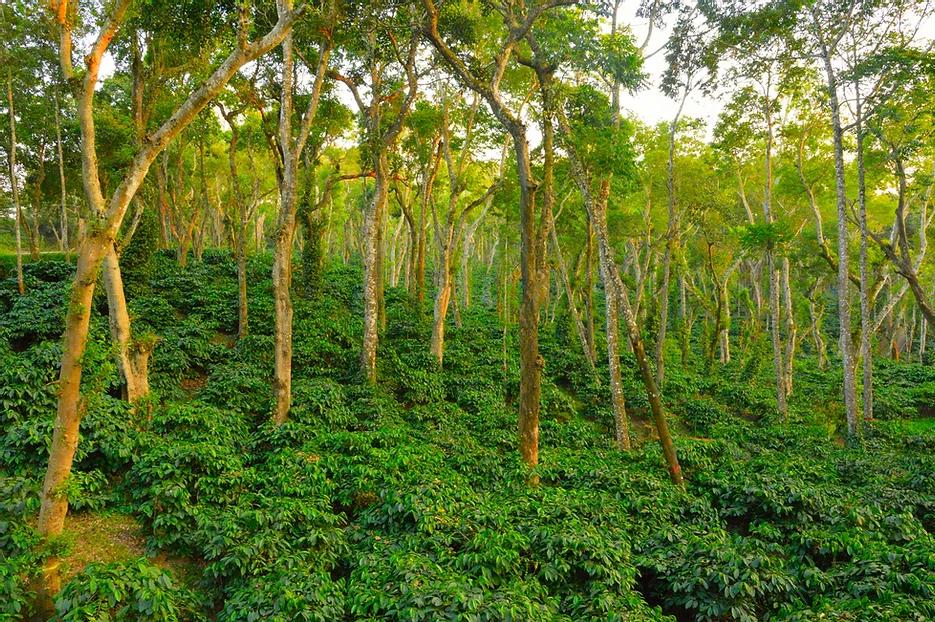
Shade-grown coffee on my father's farm in India.
The coffee consumers around the world need to understand that India’s shade-grown ecofriendly coffee forests are exceptional not only because they enrich the taste, but they also enhance the wealth of biodiversity. They invite varieties of wild birds and other animals to the coffee forest. This is unique when compared with other coffee-producing nations in the world. Such a farming process not only shows the nexus between wildlife and the coffee but also encourages wildlife conservation.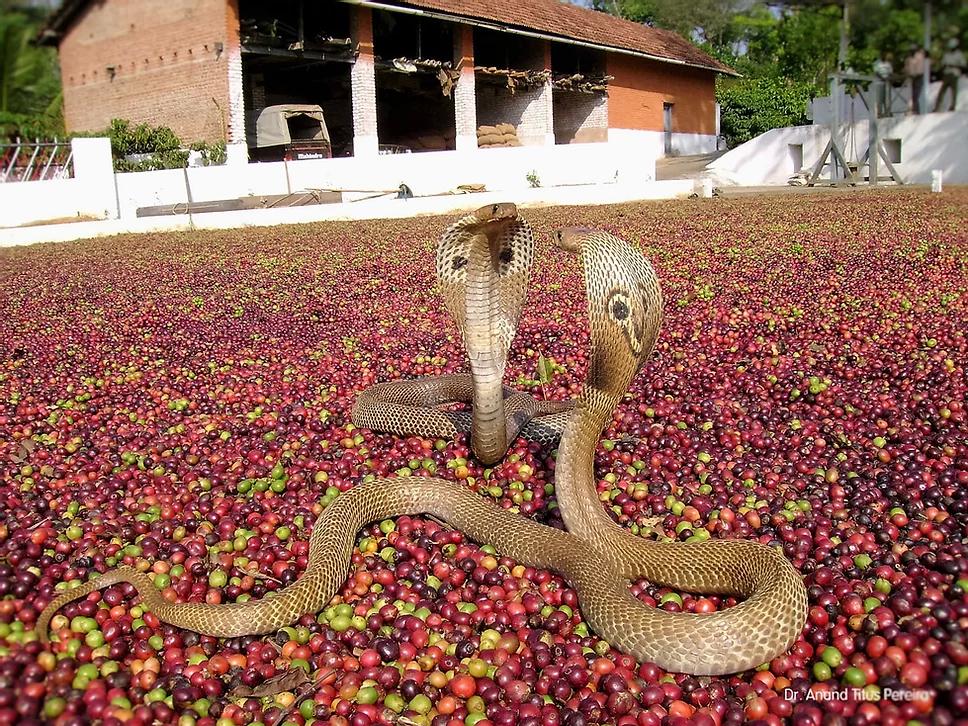
King Cobras getting ready to engage over the coffee beans. Pic: Anand T Pereira
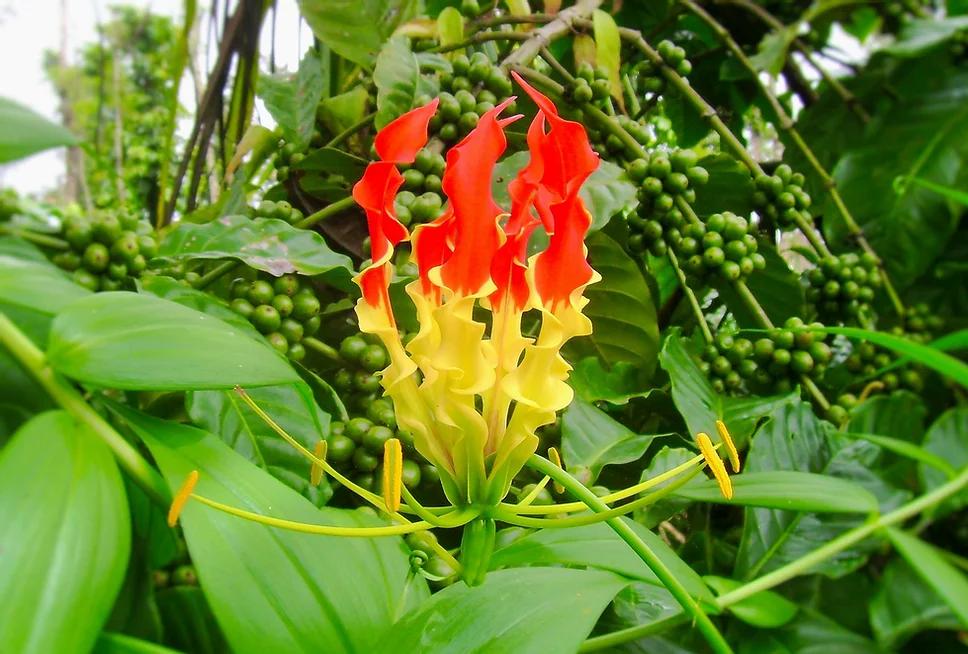
A rare kind of wild flower blooming next to the coffee bush. Pic: Anand T Pereira
In recent years, climate change has played havoc in farming areas, resulting in unprecedented drought or excessive rain. The excessive rain water is usually collected in ponds/lakes on the eco-friendly farm and used later for irrigation purposes. Water is the critical element for the survival of the coffee plants and necessary for boosting the coffee production. Therefore, rainwater conservation forms another interesting part of India’s eco-friendly coffee forests. They are also used for fishes and other wildlife including waterfowl. Lakes in the coffee farm are also a major contributor to local ecosystem richness and biodiversity.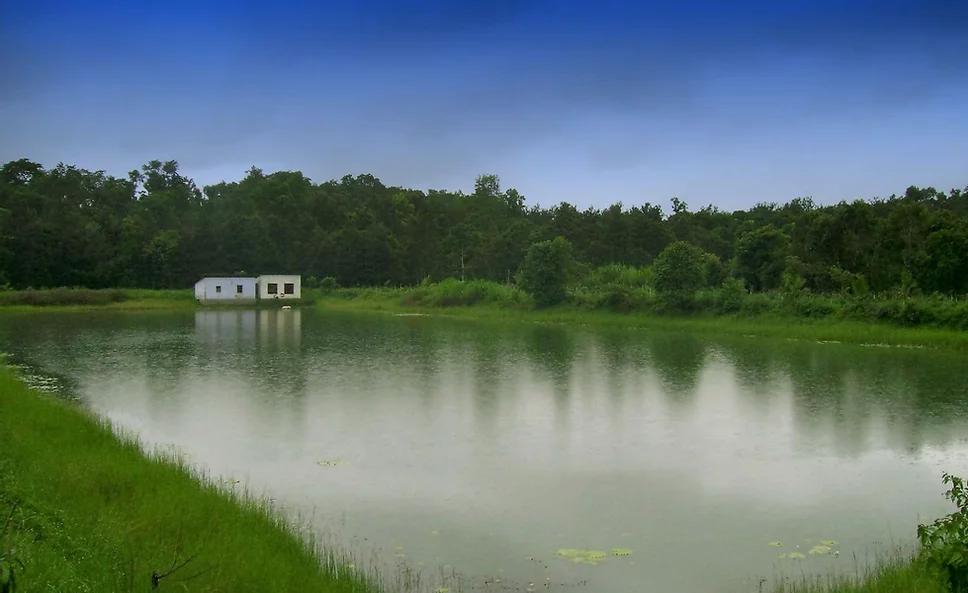
Rain water collected for irrigation purposes. Pic: Anand T Pereira
At end of the day, what does India’s coffee saga mean to the rest of the world? An agroforestry and an effective ecosystem in which trees are grown among coffee that is profitable and sustainable! Although India has such an impeccable record of growing eco-friendly coffee, North America doesn't import much of coffee from India. India's attempt in joining the fair-trade bandwagon has been exemplary so far. The government mandates a minimum wage for workers. Coffee labourers also receive free housing, maternity leave, child care, pensions and other benefits. I have highlighted the positive aspects of eco-friendly coffee farming. However, most of the farmers use diesel generators for powering their irrigations systems. These diesel-powered generators pour huge quantities of carbon dioxide into the atmosphere. Maybe in near future, the government’s renewable push might give clean energy for the irrigation. While the coffee consumers need to understand that it is time to demand a better cup of coffee, other coffee-producing nations in the world should learn from India's story.Acknowledgement Special thanks to Dr. Anand T Pereira for providing meaningful photographs.





